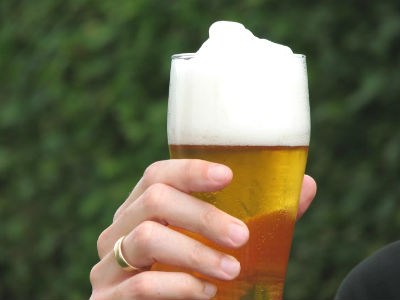|
NOVIDADES
Scientists from ETH Zürich have investigated the secret of stable foams. Their findings could make beer foam and ice cream more long-lasting. And they could revolutionise concrete. “O’zapft is!” – just now the people from Munich have opened the Oktoberfest with those words and beer is flowing freely. The amber nectar doesn’t just cause a collective delirium, but also enlightens material scientists because of its sumptuous foam.  Stable foams in beer. Credits: Innovation Society, St.Gallen
One of the processes that make foam unstable is especially hard to stop. It is called Ostwald ripening, after the German chemist and Nobel Prize laureate from 1909, Wilhelm Ostwald, who already described this process 100 years ago. Hereby, bigger bubbles get bigger and bigger, whilst smaller ones shrink and disappear. Innovation Society, St.Gallen. Posted: Sep 21, 2017. |
|||||||||||||||||||||||||